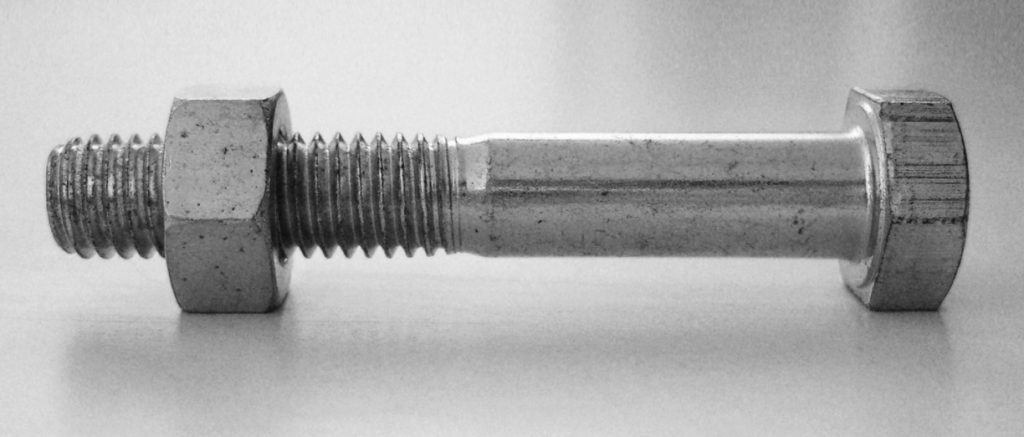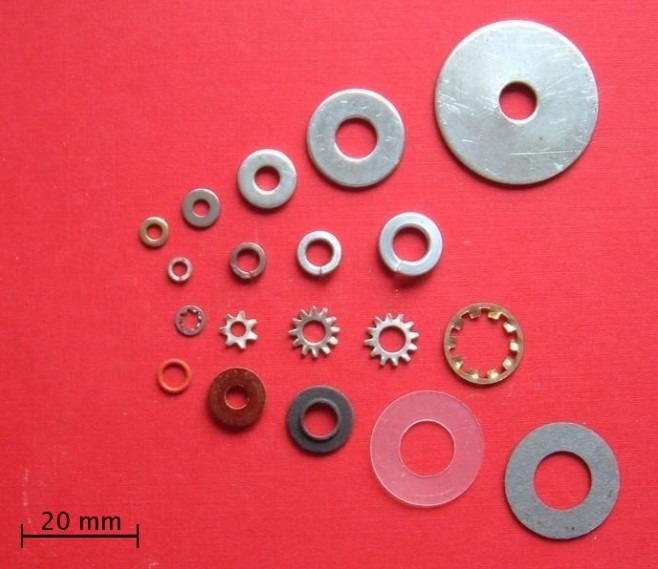Bolts are used in almost every electrical and mechanical device as well as in construction work, whether it involves laying the framework of a building or for industrial benefits. They are used in various equipment and projects, including power generators and heavy vehicles, you name it.
Although bolts are strong enough to remain in one piece for a longer time, they tend to loosen up over time, mainly when they experience too much pressure or environmental factors, such as rusting. Situations like these cause the bolt to loosen up and fall apart. Bolt loosening in structures, especially with bolted joints, can cause a lot of damage; if one joint gets compromised, the whole structure can collapse.
The loosening of the bolt can jeopardize and cost companies thousands of dollars as one loose bolt can bring down an entire production plant. It can also pose a significant threat to people’s safety. That is why it is essential to use suitable bolts and things to prevent substantial loss.
Causes of Bolts Loosening
1. Lack of Firm Tightening
Under tightening bolts can be one of the main reasons for bolt loosening, as an already loosened bolt cannot hold the structure’s pressure and weight properly. As a result, the bolts can push and break out of place, collapsing the layers above and falling on top of each other.
Therefore, after repairing your machine or automobile, always make sure to tighten the bolt strongly, so it doesn’t get loose soon enough due to any reason.
2. Vibration
Experiments have shown that vibration between bolted joints can also cause them to get loose over time. Especially in cars and heavy vehicles, the vibration causes bolts to loosen and fall out of place, resulting in the vehicle’s damage.
3. Endurance Capacity
Most of the time, bolts have weight endurance written on their package that shows how much weight they can bear. However, most of the time, that can prove wrong if the bolt’s quality is terrible or it is not manufactured with suitable metal or process. The bolt head can break if it doesn’t meet the endurance warning.
4. Rotting Rubber Gaskets
In bolted joints, especially gas and water pipelines, a rubber washer or gasket is used to airtight and seal the bolt against the pipes. But the rubber of the washer/gasket rots away, leaving a slight gap between the bolt and the pipe. The water rushes through this small gap and forces the bolt to burst outwards, which in turn causes the water pipe to burst.
To avoid this, you should always look out for worn-out rubbers and replace them immediately if they look in bad shape.
5. Exposure To Different Environments
If the bolts and the joints are made of different materials, significant temperature variations caused by rapid environmental changes or cycling industrial processes may affect the bolt material to increase or decrease in size quickly. Hence, potentially loosening the bolt.
6. Mechanical Shocks
The alternating loads from machines, engines, wind turbines, and other sources may cause a mechanical shock – a sudden force applied to the bolt or joint that causes the bolt threads to slip relative to the joint lines. This slippage, like vibration, will eventually cause the bolt to loosen.
Things to Use to Prevent Loosening of Bolts
1. Washers
You can use high-quality washers to prevent bolt loosening as they are usually more durable than the bolt heads and provide extra friction to the joint to keep the clamping force in its place. Due to the pressure, simple split washers, also known as helical spring, loosen the bolts under vibration faster than a joint with no washer.
You could also look into getting tab washers that have two tabs on opposite sides. They roll up to protect the bolt head or nut after installation, and they may have teeth that can reach the joint surface to keep it in place. While these devices support the nut from dropping off the bolt, they rarely help the joint in retaining the specified clamp force.
2. Mechanical Devices
The castellated nuts have a slotted end and are used with a cotter pin or wire that passes into a bolt hole. The locking bolt systems consist of a plain holder shaped like a washer, and a spigot that fits into a groove on the bolt head can also be utilized for this purpose.
3. High-Quality Bolts
It is important to use strong bolts, mainly when doing home improvement projects. Regular bolts have a minimal surface area and a low coefficient of friction which is a common cause of bolts getting loose. To avoid such situations, multiple adapted bolts with different and broader heads can be used.
You can tighten these adjusted bolts with castellated nuts, improve overall friction, and tighten the bolts even further.
4. Using Nut Torques
You can also use torque nuts to prevent bolt loosening. The inserting of nylon or metal within a nut may provide more friction to avoid loosening. Fitting a spring within the nut holds the bolt threads securely, and if it is made to move in the opposite direction of the nut, friction or other forces causes it to unwind.
Nylon inserts are not suitable for use in harsh chemical or high-heat environments. You cannot reuse them because the bolt threads tend to leave grooves in the nylon, reducing its ability to hold after re-tightening. Inserts of nylon or metal within a nut, also known as a “lock nut,” can provide more friction to avoid loosening of the bolts.
5. Double Nuts
For over 150 years, the concept of using two nuts, one thick and one thin, has been used to keep bolted joints from loosening. A modern application is a device that uses two nuts of different thread sizes that advance at different rates on a dual-threaded bolt. Transverse motions that cause one nut to increase will not impact the second nut in this manner; hence the bolt will not loosen up easily.
6. Adhesives
You can use liquid adhesives and heated thermoplastic coatings or solid adhesive patches to ensure that the bolts in specific applications do not become loose. The only issue is that they make the joint harder to disassemble.
Ways to Prevent Bolt Loosening
1. Maintaining a Proper Tension
You can overcome the challenges by combining good bolted joint design, sound clamp force creation, and right bolt retention equipment. A good bolted joint will be made with the correct bolt, nut size, and the right type, along with the optimum amount of tension to achieve the clamping force needed to preserve joint integrity.
In the application, proper clamp force creation requires that each bolt’s right degree of uncertainty be reached and maintained throughout its operating lifetime.
2. Considering Smart Bolts
Using smart bolts is the simplest and most reliable way to ensure that the proper preload is produced and maintained. As it compares the fastener tension with color, their visual indication system makes it simple to decide if a smart bolt in a bolted joint has reached the correct level of pressure or not.
You can perform routine checks more often, easily, and rapidly at a glance, ensuring that the bolts are correctly tightened. The vibration, embedding, gasket creep, and other factors may all affect the preload of any bolt, including smart bolts.
3. Bolt Retention System
Choosing an effective bolt retention system is essential for preventing bolt loosening and ensuring proper preload. Wed-locking washers, for example, help control preload by preventing the bolt from self-rotating.
Bolt Loosening – Recipe for Disaster
Bolts hold together tightly a construction in place, which is their primary purpose. They must be tightened properly to prevent a collapse from happening. But eventually, a time will come when these bolts will lose their friction and start to come loose.
Before any of the bolts fall out and cause damage, it’s best to prevent them from loosening up in the first place and make sure that everything remains in its place with proper preventive measures.

